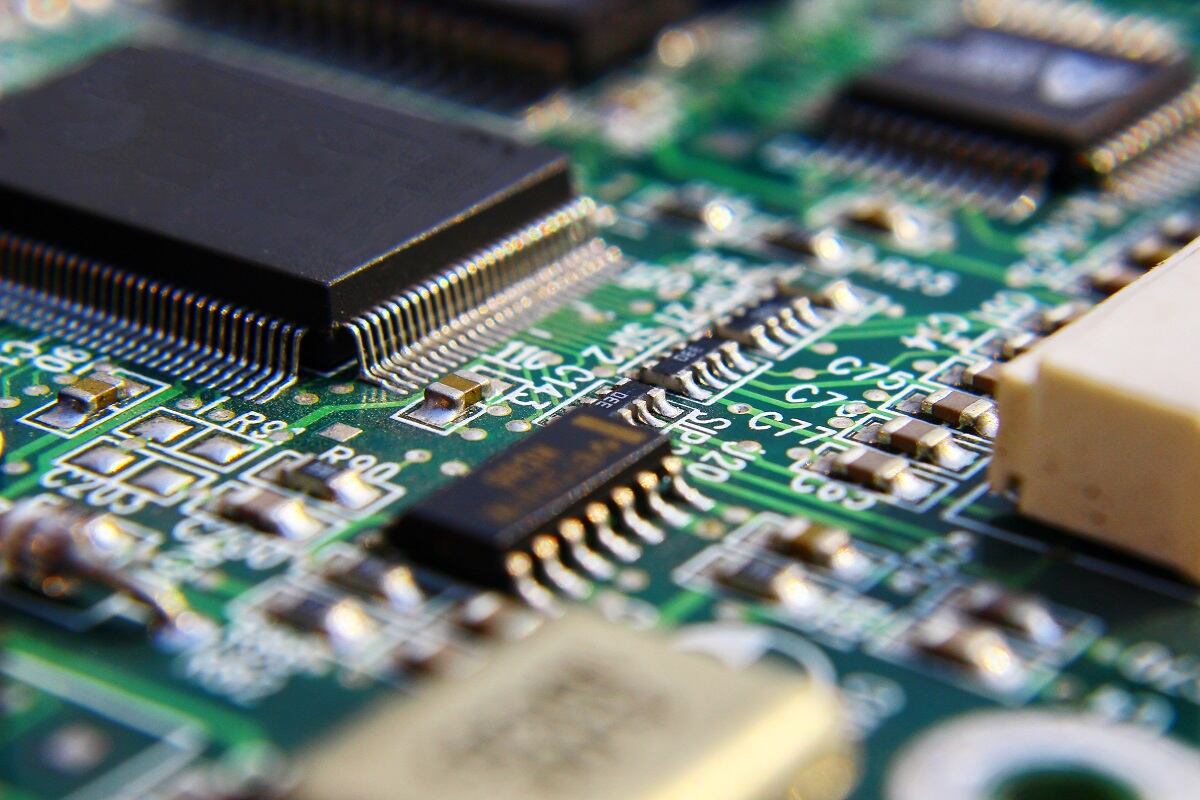PARIS — This year’s tally of French arms exports will include design studies for attack submarines for Australia as well as helicopter and Rafale fighter jet deals sealed with Qatar, according to Armed Forces Minister Florence Parly.
“A certain number of significant contracts were concluded this year,” she told the Committee for National Defense and Armed Forces of the lower-house National Assembly, according to recently released transcripts from July 4. “Arms exports are the economic model of our sovereignty.”
The helicopter deal with Qatar is worth some €1 billion (U.S. $1.2 billion), while a large submarine design contract with Australia is expected to be signed “at the beginning of autumn,” she said. That signing will show the Australian program deserves to be named “contract of the century,” despite those who said the value has so far failed to meet expectations, she asserted.
A contract for a “motorized capability” is also due to be signed this year with Belgium, part of France’s “strategic partnership” with the neighboring state, she said. Qatar signed a “substantial” contract in February for a further 12 Rafale fighters, she added.
The minister said she was unable to give figures for the big export deals expected this year.
Export deals require bank support, but commercial banks are “rather nervous” about lending for arms contracts, reflecting regulatory pressure and demands for corporate social responsibility from shareholders, she said.
Parly pledged to discuss financial support with the Economy and Finance Ministry, particularly to help small and medium enterprises. Bpifance, the state-backed lender, is the main actor in financial support for selling weapons to foreign clients.
RELATED

The Armed Forces Ministry will recruit 400 staff to handle applications for arms export licenses, with 267 personnel for the Direction Générale de l’Armement procurement office and 133 for the armed services, said Parly. That recruitment will gradually rise between 2019 and 2022, with a major drive in 2023, she said.
There have been “a few bugs” in the Sigale software used to process license applications, but these are being fixed, she said. Parliamentarian Jean-Michel Jacques said the delay in handling applications has led to many companies losing deals.
Export will be a key factor in the midlife upgrade of the MBDA Mica air-to-air missile. Innovation in guidance and propulsion systems, surface-to-air capabilities in the vertical launch version “and its resilience to (U.S. International Traffic in Arms Regulations) give strong export potential for the Mica Next Generation,” the Armed Forces ministry said in a July 24 statement.
Those export prospects were factored into contract negotiations for the Mica NG, with France seeking to better share “the funding and expected benefits,” the ministry said. MBDA, Safran and Thales will “very heavily” finance development, and there will be a mechanism for price cuts for French purchases pegged to the missile hitting export targets, the ministry said.
Mica NG will replace the present Mica weapon, which will be withdrawn from service from 2018-2030, with the new armament to be delivered from 2026-2031, the ministry said. The weapon will arm Mirage 2000 and Rafale fighters flown by the Air Force and Navy.
A July 24 meeting of the ministerial investment committee agreed to a launch of the Mica NG program, clearing the way for a contract to be signed.
Asked about holding an annual parliamentary debate on arms exports as conducted in the U.K., Parly said it was up to the French parliament to arrange such a discussion rather than the government.
Arms exports are not a “decorative” feature, but a capability to take action, Parly said. Governments change, and once weapons are sold, they cannot be “unsold,” she noted, evoking the example of Argentinians firing French Exocet missiles on “our British ally” in 1982 in the war over the Falkland Islands.
France sold military equipment worth €6.7 billion last year, half the €13.9 billion in 2016.








